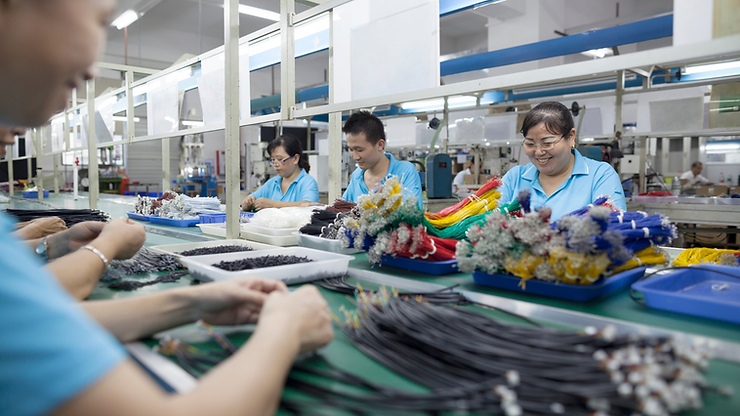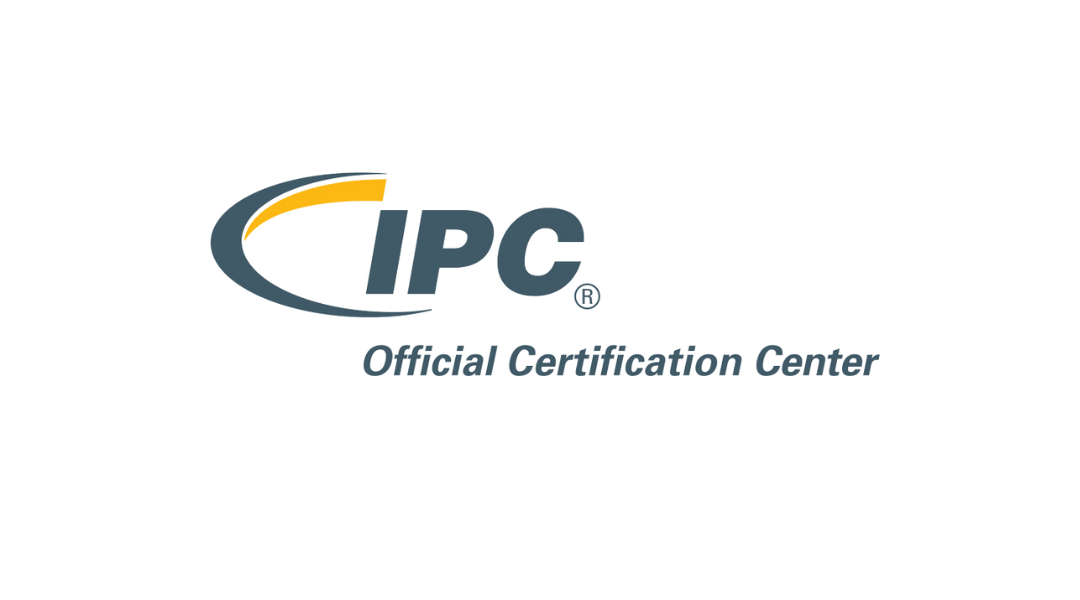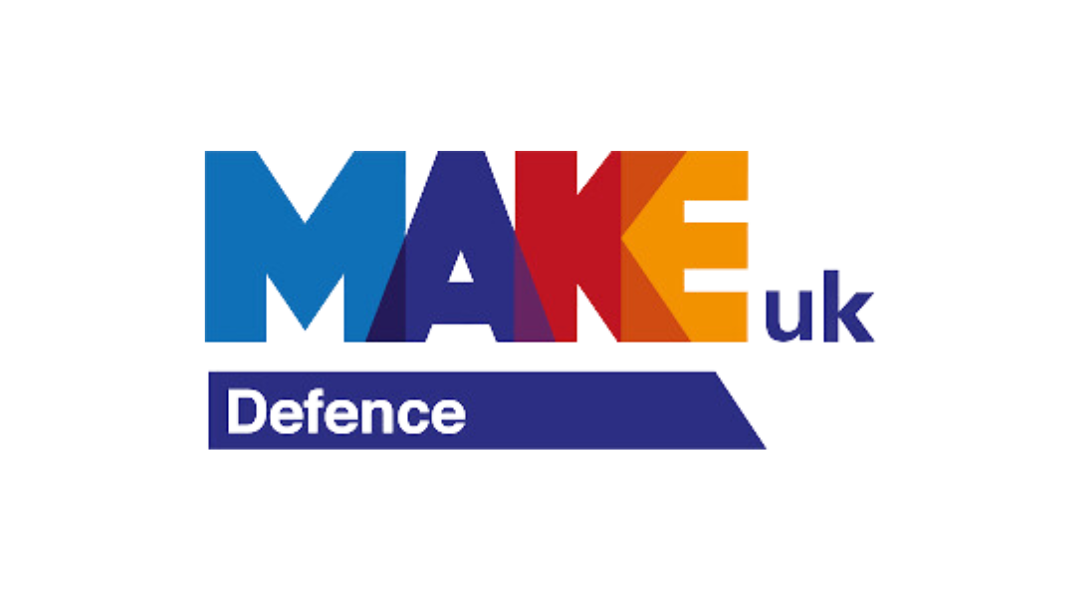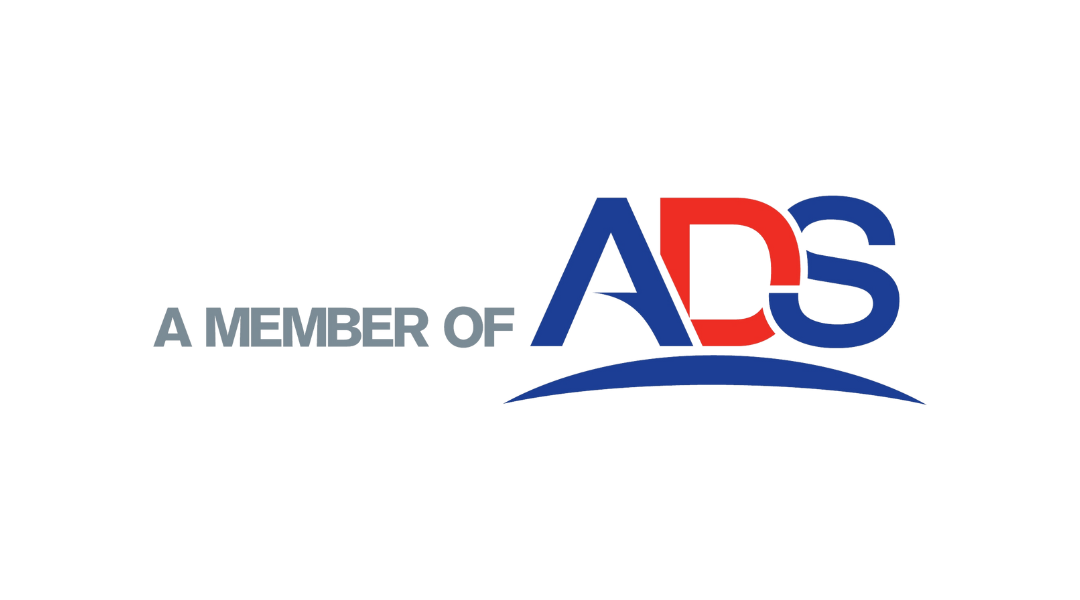The solutions to improving efficiency aren’t always obvious. When people talk to me about efficiency, I usually stop them right there. Why? Well, efficiency of what? A process? People? In many cases they don’t really know how to quantify it.
Efficiency by definition is the highest level of performance + least amount of inputs + highest amount of output.
So why does it matter in your electronics manufacturing?
Imagine the equation backwards – lowest output + highest input + lowest performance.
Now multiply this across all areas: Manufacturing time, inspection time, overhead cost, material cost, handling cost, shipping cost.
Ouch. That’s why.

Let’s take an example…
An electronics production operation has grown over time and has had to bring new people in to meet customer demand. Those people have been trained by operators who were, in turn trained by someone else, who again, were trained by someone else.
Training was not formal, just “on the job”. Now it has been noticed that there has been an upturn in the amount of product being
a) being rejected at inspection and
b) rejected by the customer.
These rejects have driven an upturn in reworked product and/or scrap, making your process less efficient than it should be.
This is a purely hypothetical situation but one I have seen time and time again over 20+ years of working in this industry. When we are seeing a rise in costs for scrap and re-work, this is when we look at the inputs for clues. Looking at possible inputs we have:
- Manufacturing time
- Inspection time
- Overhead cost
- Material cost
- Handling cost
- Shipping cost
And these are just a few. All multiplied up if a product gets reworked. Multiplied again if a product ends up being scrapped as there is now disposal cost and wasted material costs to add in.
We must also factor in that material (component) costs are the highest they’ve ever been!
All of the above could have been significantly reduced in our hypothetical scenario had operators been properly trained in the first place. Trained in the right way to do things and not in the bad habits that have been passed down again and again.
As your business grows and develops over time, processes rarely get a full review for effectiveness. They are often just amended slightly. Amendments on top of amendments are not effective and simply create more inefficiency in both the process itself and the people running it.
If you’d like to avoid this – get in touch.
[/et_pb_text][/et_pb_column][/et_pb_row][/et_pb_section]




